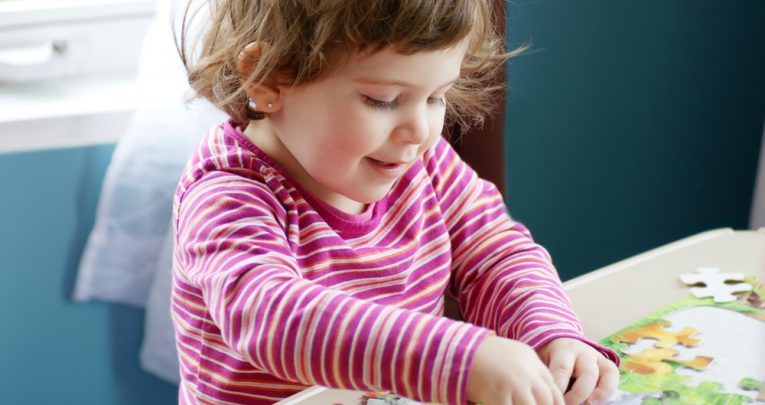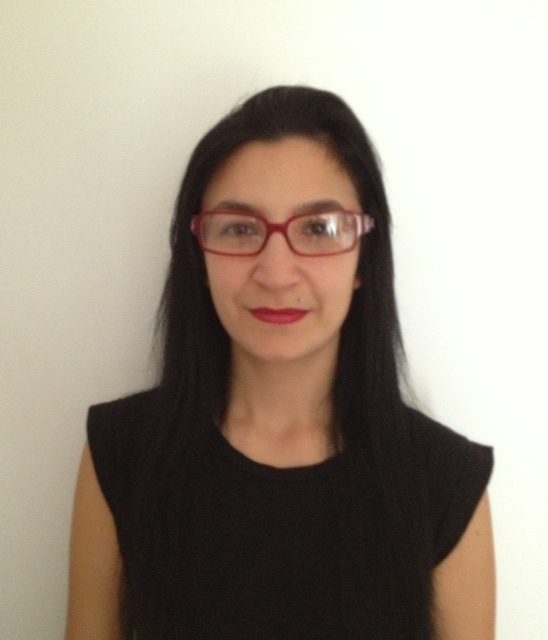What early years practitioners can learn from neuroscience

Early years practitioners must heed the lessons of scientific research if they are to support young children’s learning and development, says Mine Conkbayir…

My passion for neuroscience began 14 years ago while studying for a foundation degree in early childhood studies.
As a nursery practitioner at the time, being introduced to neuroscience gave me a fresh and exciting way to consolidate and extend my understanding about baby and child development.
This discipline finally confirms through compelling scientific evidence what we already felt we knew – that the brain develops through use; that the effects of early experiences can last a lifetime; that the best learning happens in nurturing relationships; that children’s wellbeing is critical to brain development and learning; and that children learn through being engaged and doing (Rose and Abi-Rached, 2013; Gopnik, 2009; David, Goouch, Powell et al, 2003). Before I continue, a word of caution. I am not claiming that neuroscience provides all the answers when it comes to understanding how practitioners can best support babies’ and children’s learning and development. I am, however, asserting that it’s high time that practitioners were encouraged to accept neuroscience as a valid and, indeed, imperative evidence source. Just as we easily refer to Piaget, Bruner and Bowlby, we need to look towards neuroscience to help us overcome the challenges we face in nurturing the well-being of babies and children and supporting their families to do the same. If you’re wondering “Well, who are the neuroscientists? Which books do I read?”, here’s a user-friendly introduction to get you started…
- Shonkoff, JP and Phillips, D From Neurons to Neighbourhoods: The Science of Early Childhood. (National Academic Press, 2000)
- David, T, Goouch, K, Powell, S and Abbott, L, Young Brains. Research Report Number 444. (Department for Education and Skills, 2003)
- Understanding the Brain: the birth of a learning science (OECD, 2007)
Did you know?…
You might be surprised to hear that the human brain contains roughly 100 billion neurons – most of which are formed during the first five months after conception! That said, the process of brain development is far from complete at this point. Despite the huge number of neurons present at birth, the brain requires a great deal of help to continue developing healthily. The brain can be described as being activity-dependent – the fact that it partly depends on external stimulation in order to develop. This can be through play, communicating with others, and enjoying warm and responsive relationships. Synaptogenesis (the forming of networks between neurons) is highly prolific during the period immediately after birth and the months beyond, occurring directly as a result of stimuli that the baby is exposed to in their environment. Hence, the early years of a child’s life is arguably the most important period in terms of growth, learning and development. Quality of experiences is therefore key – those simple things we do without thinking, like giving eye contact to our babies and children, being responsive, showing them that they are valued, encouraging them when they find tasks too challenging and being that all-important ‘container’ for their feelings when it all gets a bit too much. Practitioners and carers owe it to themselves, and to the young children with whom they work, to do all they can to understand how best they can help each individual child to thrive.
Getting to know you
‘Mirror neurons’ have an important role to play in early social development. They ‘fire’ both when a human acts, and when a human observes the same action performed by another. As a result, these neurons ‘mirror’ the behaviour of the other, as though the observer were herself acting. Over 30 years ago, Meltzoff and Moore showed that very young babies, just hours old, were able to imitate the facial expressions of adults in close proximity to them. Mirror neurons thus play a crucial role in babies’ and children’s social and emotional development. This type of observational learning becomes more refined as the baby grows and is exposed to meaningful interactions during which she has the time and opportunities to express her feelings as she communicates, explores and plays with other children or adults. Gopnik et al. (2004) discuss the importance of stimulating experiences and healthy attachments in affecting the formation of connections between the neurons, and consequent brain growth. These experiences cause the brain to organise and reorganise, and when this growth reaches its peak during the first year, the brain cells make new connections and terminate those that are not required. The connection between various cells depends on how the young child is treated by primary caregivers.
The right balance
Conversely, key persons need to balance the meeting of children’s emotional needs and over-protecting them. This is particularly important in helping children to develop coping strategies in times of heightened anxiety. A certain amount of cortisol (the ‘stress hormone’) is actually beneficial to children in terms of being able to cope during times of upset, as it triggers the ‘fight or flight’ response during demanding situations (Belsky et al., 1998). This is particularly significant concerning children in daycare, where there are often a large number of children who will inevitably experience feelings of frustration and anger at certain times, and hence need to develop their own coping strategies during times of heightened stress.
Final thoughts
Neuroscience can have a positive impact by helping practitioners to understand how children’s brains develop and their significant contribution in this process. To ensure change at a local and national level, relevant neuroscientific findings must be incorporated into early years policy and practice throughout settings in England. Clearly, this will take a long time and require close monitoring of implementation by designated practitioners nationwide. To allow this to take place, the ideas and views of practitioners and managers should be gathered regularly, and good practice that is informed by neuroscience shared across settings, to illustrate how neuroscience can be applied practically. This will serve to unite neuroscience and the early years, and children will benefit as a result.
In practice There are simple steps you can take to apply the lessons of neuroscience to your setting’s provision…
- Carry out earlier interventions with parents (and where relevant, signpost pre-natal support)
- Carry out earlier interventions with children from disadvantaged home environments and/or with poor family relationships
- Forge closer links with health colleagues
- Adopt an effective ‘key person’ approach
- Ensure that babies enjoy consistent and affectionate relationships with staff
- Promote babies’ and children’s language through meaningful interactions – eg eye contact, active listening and positive body language
- Focus on building positive socio-emotional relationships and climate in your setting
Find out more Early Childhood Theories and Contemporary Issues: An Introduction by Mine Conkbayir and Christine Pascal is an essential guide for all those looking to develop and enhance their practice in supporting child development within the early years. It offers easy access to a wide range of concepts, as well as classic and current theories, about how babies and children learn, and offers clear guidance on how to recognise theory in action. Further details can be found at Bloomsbury’s website.
Mine Conkbayir is course leader and lecturer in Child Care at West Herts College, where she also works with young adults with learning difficulties. She was previously acting head of the Centre for Research, Learning and Development at London Early Years Foundation











